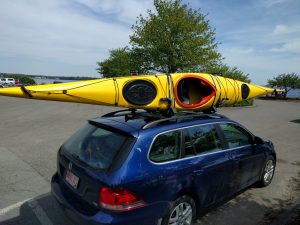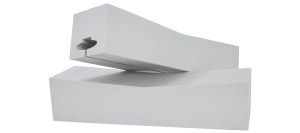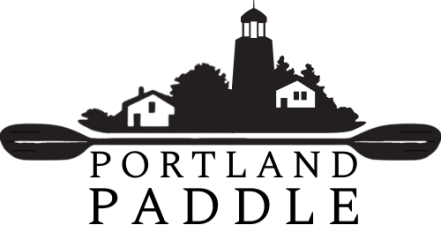How to Transport a Kayak – Useful Tips and Tricks

Every now and then you need to get some kayaks from Point A to Point B. Here’s a look at the best ways to attach those kayaks to the roof of your car.
What you’ll need:
-

Two tie downs per boat (made of either webbing or rope) for the center area tie down. While it is possible to tie down a boat with a single long piece of material, two separate pieces allow for a much more secure tie-down.
- One or two long pieces of webbing or rope for bow and/or stern lines.
- Protective padding (could be a rack system, but there are many options, from folded towel to spare pool noodles).
Using roof top bars
Flat bars
Flat bars are the simplest way to tie boats to your roof. Simply throw the boat up there and tie down tight as described below. The downside of a flat bar (whether it is round, square, or rectangular) is that it can leave dents in your boat’s hull, effecting the performance on the water. You can mitigate this by placing a rolled up towel, stiff foam, or manufactured “board protector” product between the bar and your boat. You can also place the kayak deck side down on the bars, or on its side, but this can make it more difficult to tie in place, depending on the placement of your bars and shape of your boat. The sides and deck of a kayak are less likely to be deformed when in contact with bars while cinched down than the hull.
Cradles
Cradles come in two main types: “J bars” that hold the boat vertically on its side and “saddle” or “V” cradles that hold the boat in a horizontal position. Cradles can provide added security to hold the boat in place, and padding to prevent hull deformation. When tying down with cradles always wrap the webbing or line around the bar itself, don’t use the cradle as an attachment point.
What To Do If Your Car Doesn’t Have Bars
If your car does not have bars to rest your kayaks on you can still transport a boat or two by running tie-down webbing through the doors of your car and then over the kayaks on top. You’ll just need to protect the roof of your car with some sort of padding. Always go through the car doors rather than the windows so that you can open the doors even with the boat up there! Additionally, ALWAYS use both bow and stern tie down lines when using temporary protection systems.
Here are some options for protecting your roof:
Simple foam blocks 
Place foam blocks centered underneath your kayak so that it is resting fully on them. Run the webbing over the kayak then through the rear doors so that it exits back on the side you started. Create a loop in one end and run the other end through it. Full directions are detailed below. Next, run another piece of tie down material through the front set of doors in the same manner.
Blanket or towel
An even simpler method, though it provides less protection for both your kayak and your car, is to place a soft blanket or towel between the kayak surface and the car. This will protect the car roof from getting scratched, but wont protect either vehicle from potential denting.
Temporary padding or inflatable style “bars”
 The most “advanced” of the temporary protection methods, these ingenious devices offer a low cost, transferable alternative to fixed metal bars.
The most “advanced” of the temporary protection methods, these ingenious devices offer a low cost, transferable alternative to fixed metal bars.
The temporary racks are secured to your car by running webbing through the car doors, then tightening the straps through the camming device. Many provide some form of secure attachment point, allowing you to tie the kayak(s) down without running additional webbing or ropes through your vehicle. Follow the instructions below, and simply treat the tie down point features on your temporary racks as if they were the metal bars of a permanent roof rack.
